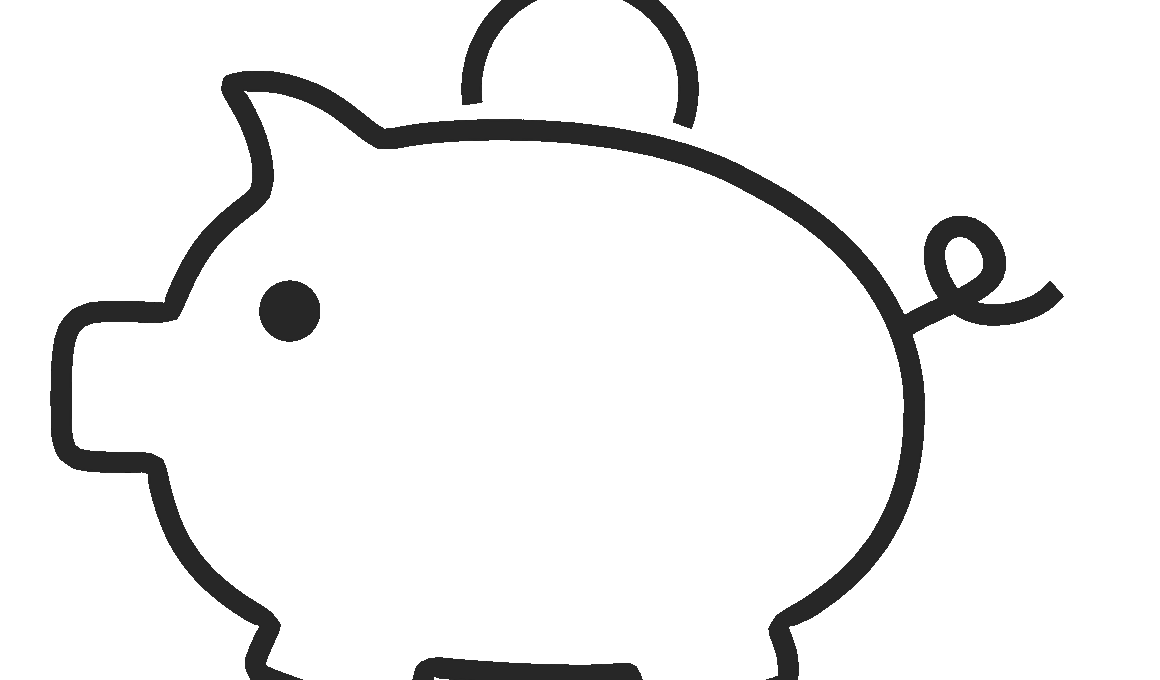Simplify Your Banking: Tools for Minimalist Financial Living
Minimalist financial living emphasizes a streamlined approach to managing money. The need to reduce clutter extends into banking, enabling individuals to focus on what truly matters. One fundamental aspect of simplifying banking is reducing the number of accounts you maintain. Fewer accounts lead to easier tracking of your finances, thereby allowing you to understand your spending habits more clearly. Choose a primary checking account that meets your essential banking needs. Additionally, consider maintaining only one savings account. This approach minimizes decision fatigue and helps you stay organized. Another vital tool in minimalist banking is online budget tools. Utilization of these platforms can assist you in observing your spending patterns without overwhelming you with various apps. They often provide visualizations that highlight where your money is going and suggest areas for improvement. It’s crucial to ensure that any budgeting tool you select aligns with your minimalist philosophy. Look for simplicity in design and ease of use. By efficiently managing budgets and accounts, you can achieve your financial goals with less stress.
Another essential component of a minimalist banking system is the use of automated services. Automation allows you to streamline recurring transactions seamlessly. Set up automatic payments for monthly bills like utilities or subscriptions to ensure timely payments without additional effort. This feature not only saves time but also prevents late fees that can accumulate when payments are overlooked. Moreover, consider scheduling regular transfers from your checking to savings accounts. Automation in this regard encourages a savings habit that builds your financial security over time. Direct deposit of your salary into your primary checking account simplifies the cash flow process as well. This way, your paycheck goes directly into the account you actively use, eliminating unnecessary transfers between multiple accounts. Finally, it’s worth emphasizing that while automation streamlines the process, you should regularly review your transactions. Doing so helps ensure that automatic payments reflect only the services you genuinely use and need. By implementing these automated tools, you embrace a stress-free way of managing your banking activities, keeping your financial life simple and transparent.
Choosing the Right Banking Institution
Choosing the right banking institution plays a crucial role in minimalist financial living. Not all banks operate under the same principles, and finding one that aligns with your values can simplify your banking experience immensely. Look for banks that offer straightforward fee structures with minimal maintenance fees. Membership in local credit unions may also be advantageous, as they often provide better rates and lower fees. Furthermore, consider online-only banks that usually offer higher interest rates on savings while avoiding excessive fees. They often come with user-friendly mobile apps that enhance your banking efficiency. Be aware of the overdraft policies of any institution you consider, as these can also impact your financial management. Transparency in terms and conditions guarantees that you will not encounter any surprise fees or limitations. Investigating customer reviews can provide additional insight into the institution’s customer service. Opt for a bank with a reputation for reliable support, crucial for addressing any concerns that may arise throughout your banking experience. Simplifying your choice in banking can lead not only to better financial practices but also a more secure financial future.
In the realm of minimalist financial living, having a clear and consistent approach to transactions is paramount. Utilizing a single payment method simplifies overall spending, reducing the complexity of managing finances. Consider using a single credit or debit card for most purchases to help track your expenditures more easily. By analyzing account statements from a single source, you gain better visibility into your habits. Furthermore, it restricts impulse purchases, as one payment method discourages scattering funds, making it easier to stick to a budget. For large expenditures or necessary purchases that require a loan, aim for transparency regarding interest rates and terms. Researching and comparing interest rates will lead you to better choices, keeping your finances stable and less cluttered. You might also want to implement a spending limit on your card to prevent overspending. Understanding the psychology behind your spending habits helps you foster a more mindful relationship with your finances. Overall, concentrating your financial activities enhances clarity while promoting a more sustainable approach to modern banking.
Utilizing Minimalist Financial Apps
In your journey towards minimalist financial living, consider leveraging financial apps designed to streamline your banking and budget management processes. Many applications help track expenses while also offering insights to help develop better spending habits. Look for apps that allow integration with your bank accounts or credit cards for automatic updates. This feature minimizes manual input and encourages real-time tracking of your finances. Some top-rated apps can categorize expenses, creating a clear picture of your spending patterns. You’ll want an app that’s user-friendly and visually appealing, keeping you engaged with its functionality. Focus on apps that emphasize simplicity and transparency, aligning with your minimalist philosophy. Other viable options include savings goal trackers, which keep you motivated by visually representing your progress. While these apps can add convenience, it’s essential not to overload yourself with too many tools. Choose a select few based on your unique financial needs, further narrowing down your focus. This way, you can create a cohesive strategy for financial management, ensuring your approach remains simplified and effective.
Another important aspect of achieving minimalist financial living is reevaluating your spending habits and financial goals periodically. Conducting regular financial reviews allows you to assess what expenditures are essential and which can be eliminated. It can also inform your future savings goals and help you prioritize essential purchases. By taking the time to understand your financial behavior, you create a plan that aligns with your minimalist lifestyle. Create a monthly or quarterly schedule for these assessments, ensuring you account for any changes in your income or financial needs over time. During the review process, make a list of recurring expenses and analyze each item on it. Distinguish between necessary and discretionary spending, enabling you to make informed decisions about future purchases. The ultimate goal is to find balance and ensure that every dollar spent is deliberate and purposeful. This practice encourages a more mindful, intentional approach to managing finances. Adapting to changing needs and being receptive to new insights fosters continuous improvement in your financial journey. Sticking to this process contributes to a more fulfilling minimalist financial lifestyle.
Building an Emergency Fund
Establishing an emergency fund is crucial for anyone pursuing minimalist financial living. An emergency fund provides financial security and peace of mind, resembling your safety net during unforeseen circumstances. This fund should ideally cover three to six months of living expenses, ensuring that you’re adequately protected from unexpected job loss or urgent repairs. The process of building this safety net can be slow, yet consistency is key. Set a monthly savings goal and prioritize depositing a specific amount. Automating this savings transfer simplifies the process, allowing you to build your fund without overthinking it. Allocate funds to a separate savings account with higher interest rates to maximize growth over time. Additionally, avoid tapping into this fund for non-emergencies. By refraining from spending these savings on discretionary items, you reinforce the purpose of having an emergency fund. This discipline fosters a mentality of self-reliance and minimizes reliance on credit cards. Furthermore, reviewing the fund periodically ensures it remains sufficient based on changing circumstances. By prioritizing emergency savings, you contribute to a more secure, simplified approach to your financial future.
Lastly, minimalism in financial living emphasizes the importance of fostering a minimalist mindset across all aspects of life. Recognizing that simplicity leads to clarity enhances your financial decisions, allowing you to navigate your financial landscape effectively. This mindset encourages prioritization of your financial goals, allowing you to invest in experiences rather than material possessions. With careful planning and straightforward banking solutions, you can focus on accomplishing your objectives without feeling overwhelmed. Surround yourself with resources and communities that support minimalist financial ideals. Sharing your journey with like-minded individuals can strengthen your commitment to this lifestyle. Continually educating yourself about personal finance and minimalist principles can reward you with valuable insights. Explore books and podcasts dedicated to these topics for inspiration on maintaining a simple financial life. Cultivating a mindset that values simplicity and awareness leads to sustainable financial well-being. As you embrace this minimalist philosophy, remember that every small change contributes to a larger transformation in your financial future. Striving for simplicity in finance can elevate other areas of life, ultimately leading to greater fulfillment and satisfaction.


